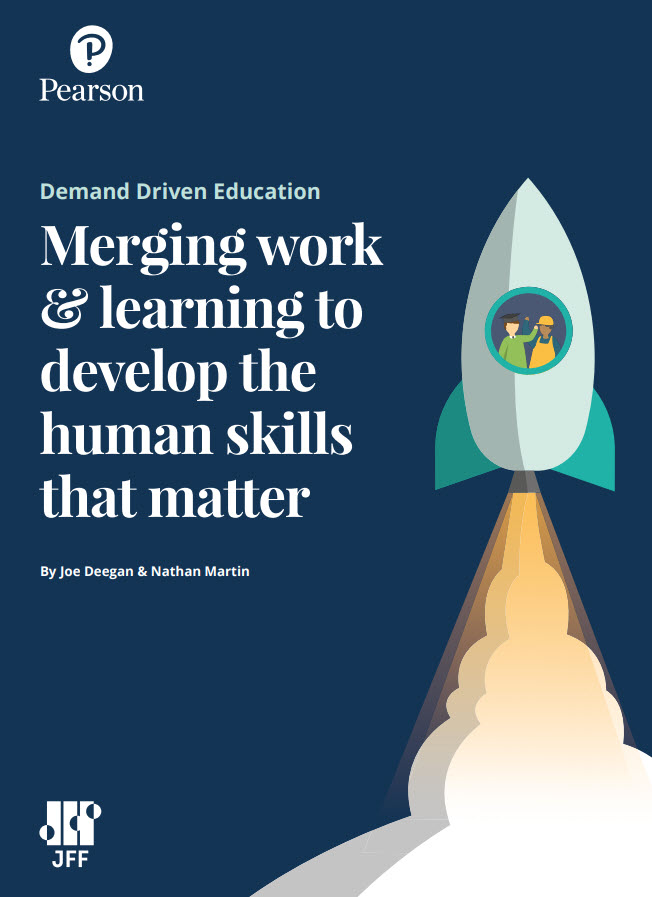Experts say we’re approaching a third wave of higher-ed reform — from ecampusnews.com by laura Ascione
Excerpt:
As the global economy changes and demands more highly-skilled workers, some experts are tracking what they call a third wave of postsecondary education reform focused on making sure graduates have career-long alignment between their education and the job market.
The new report from Jobs for the Future (JFF) and Pearson notes that a career path won’t have a single-job trajectory, but instead will require a lifetime of learning. Higher education will have to experience significant reform to create graduates equipped for such a workforce, the report’s authors claim.
To think about the future of work, first imagine a highway.
Take Route 66 in the US, connecting Chicago to Los Angeles. Or, in the UK, the 410 miles of the A1 from London to Edinburgh. There are defined endpoints, directional signs, entrances, and exits. Millions reach their destinations via these roads. Route 66 and the A1 were fit for purpose.
Traditional routes to employment have functioned much like these roads. Conventional credentials, university degrees, and vocational training have offered defined entrances and exits for individuals looking for jobs that lead to careers. But the world of work is changing fast. The future of work will require a more flexible, dynamic, and equitable system of preparation. A map of this system may look less like a highway and more like the iconic web of circles and intersections of the London Underground.
…
This report, Demand-Driven Education, concludes that we are on the cusp of a new wave of postsecondary education reform. The first wave focused on access — getting more people to enter higher education. The second wave focused on improving academic success — getting more students to earn certificates and degrees. These waves served as the traditional highways to employment.
Now marks the transition to a third wave — which we call “demand driven education” — where programs focus more strongly than ever on ensuring graduates are job-ready and have access to rewarding careers over the course of their lifetimes. Demand-driven education adapts to the needs of the learner and the employer. It responds to signals from society to ensure alignment between desired qualifications and available training.
This wave represents the convergence of the worlds of education and work, creating new intersections, pathways, and possibilities for advancement. Much like the London Underground connecting its 32 boroughs via line, train, and bus, this new wave enables learners to take multiple routes throughout their lives to multiple destinations.









